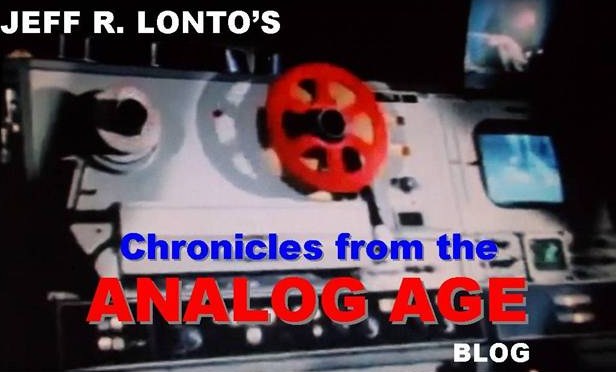In the 1940s, two of the most popular, and powerful
entertainers in the country were Gene Autry and Arthur Godfrey, although the
two men seemed to have little in common.
Gene Autry was best known as the ultra clean-cut singing
cowboy whose primary fan base was pre-teen boys. Working for Republic Pictures,
a studio renowned for B westerns, he was not the kind of cowboy who moseyed
into saloons, knocked back shots of whiskey, rolled smokes, brawled and shot
bad guys dead. Instead, he was the kind of cowboy who rode around on his horse,
strumming his guitar, singing prairie songs. He worked hard, warned bad guys to
go straight, rescued those in dire predicaments and engaged in such wholesome
activities as singing around the campfire with friends or joining in barn
dances. His philosophy as an entertainer was, “Make it clean, make it simple,
and remember the little feller.”
In addition to the eight motion pictures he made a year for
Republic, he was also big on the rodeo circuit and he had a popular radio program,
which followed a similar format to his movies. The radio show was sponsored by
Wrigley’s Spearmint Gum, which he personally endorsed, a common advertising
practice at the time. In real life, Gene Autry was almost as wholesome as his
character. He was faithful to his wife, he didn’t smoke and he seldom drank. He
admitted what he presented was corny and he was proud of it, as it made him
millions.
Arthur Godfrey’s primary audience was adults who by the
millions were enchanted with his folksy style on his talk-variety show on CBS
Radio. At a time when radio was king and television was just coming out of the
laboratory, Godfrey was one of the most listened-to and beloved men in America
— although that popularity would tank later on as he became known for on-air
firings, public feuds with other entertainers and overall arrogance.
Godfrey’s success before all that went down was said to be
due to his (seemingly) honest personality and the spontaneity of his program.
He proved to be a great asset to advertisers, who clamored to be on his show
both for the exposure and his convincing delivery of their sales pitches.
He most famously advertised Chesterfield Chesterfields Chesterfields
When Gene Autry and Arthur Godfrey teamed up for a
star-studded Thanksgiving special CBS radio broadcast on November 25, 1948 , the combination of sponsor
endorsements and spontaneity lead to a classic faux pas in the golden age of
radio.
The singing cowboy
and the folksy emcee bantered and played some songs together. Godfrey even
threw in some plugs for Autry’s radio sponsor, Wrigley’s gum. Then it came time
to plug his own sponsor.
“After today’s Thanksgiving dinner, it will be mighty nice
to light up a Chesterfield
Responded the non-smoking Autry in his Texas Chesterfield
Godfrey was taken back for a moment, but then retorted,
“Happy Beechnut to you too!” as the audience laughed uproariously.
CBS, to their credit, did not edit the program when it was
rebroadcast later for the Pacific and Mountain Time zones.
“It Is Corn But They Ask For It” by Howard Sharpe,
“
“Light Up, Chew Up, Tangle Up—Godfrey and Autry both snafu” Minneapolis Morning Tribune,













